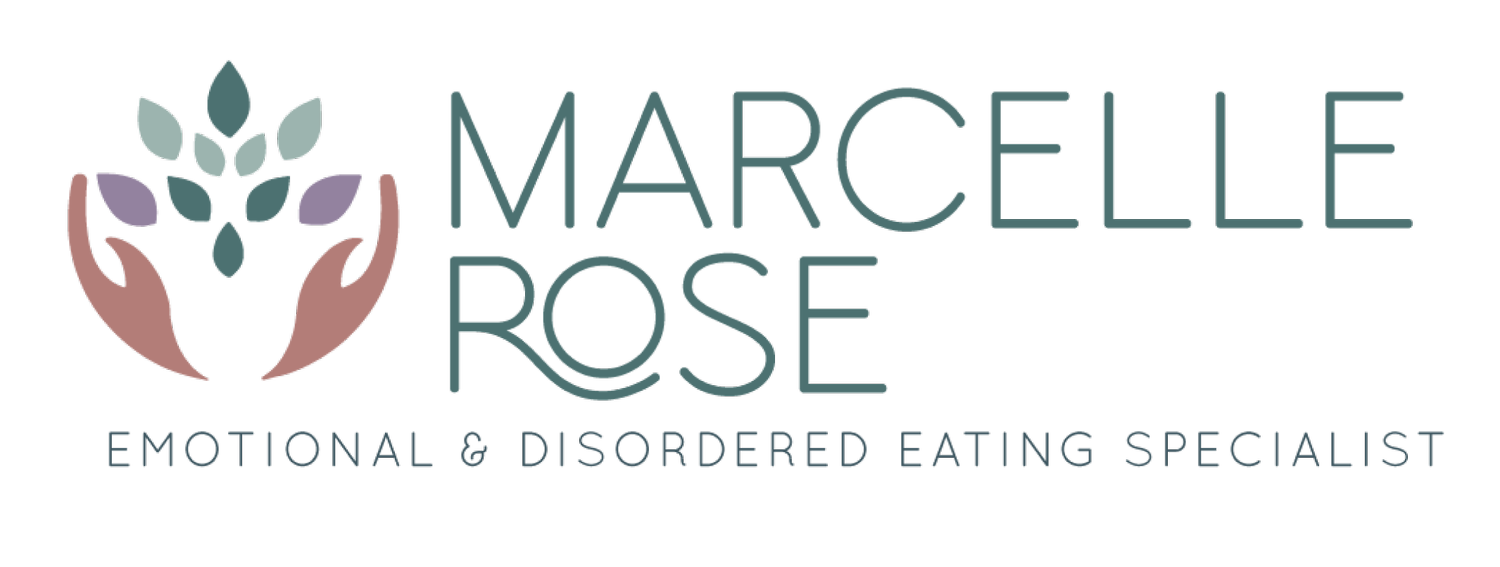Now that spring has arrived it’s a great time to start thinking about making those simple healthy changes that can make all the difference to your energy levels, reduce sugar cravings and get you back into shape ready for the summer. Read on to discover 5 healthy food swaps that are easy to do and tasty too!
And if you need something to kick start a healthier way of eating then I have the challenge for you! My new 2 week challenge (called Get Lean Spring Clean)
It is an online programme that you can take part in, from the comfort of your home
With access to a 54 page illustrated meal plan with easy to prepare tasty food options. (There will be no calories or points to count and no extra books/ drinks to buy)
AND you will have the bonus of daily support from a qualified Nutritional Therapist and Health Coach via a closed private Facebook group.
Most importantly this will get you on track so you can enjoy eating healthily for the long term, unlike faddy crash diets that are not maintainable.
The start date is Monday 8th May
Cost is £45. Early bird price of £40 available if you book by Tuesday 2nd May
To reserve your slot email me at email@marcellerosenutrition.co.uk , Call on 07961 166582
or PM on Facebook
Places are limited to ensure I can support you in the best way possible
HERE ARE MY 5 HEALTHY FOOD SWAPS!
1. Swap cous cous for quinoa.
Cous cous like other refined grains, will be quickly digested into simple sugar and absorbed straight into your blood stream; this can cause spikes in your blood sugar levels which will then quickly crash. Quinoa is considered a whole grain but is actually a seed. It is rich in fibre, protein, vitamins and minerals and is gluten free!
2. Swap refined white pasta for courgetti.
Courgette is rich in a number of nutrients including folate, zinc, magnesium and vitamin C as opposed to white pasta which contains few nutrients and will cause blood sugar levels to spike too. Spiralised courgette makes a filling alternative to pasta to accompany any kind of pasta sauce. And the secret to not getting soggy courgetti? Just add the sauce to raw spiralised courgette; adding the hot sauce will steam it just enough so it is warm andthe perfect texture!
3. Swap crisps for kale chips.
Kale chips are easy to make yourself in the oven at a low heat (70 °) or in a dehydrator . Wash kale thoroughly and dry, remove the stalks and chop the kale, melt some coconut oil in a baking tray and coat the kale. Add a sprinkle of Himalayan rock salt or sea salt, pepper, crushed cashews, sesame seeds and nutritional yeast flakes. Put in the oven and keep checking the kale taking out the crispy bits so they don’t burn. Kale is rich in minerals vitamins and anti-oxidants and so it is important to keep the oven at a low heat to retain it’s wonderful nutrients.
4. Swap white rice for cauliflower rice.
This is surprisingly filling and nutrient dense too! Blitz cauliflower in the blender (or grate) until it resembles rice sized pieces. Heat some coconut oil in a pan and add some crushed garlic, turmeric, cumin, paprika, ground coriander, salt and pepper. Add a few tablespoons of broth, stock or water. Place the lid on and allow the cauli to steam on a low heat. Keep checking to see when softened and stir in some fresh chopped coriander to serve. White rice is another refined carbohydrate which has had it’s fibre and nutrients stripped during processing; whereas cauliflower will provide you with wonderful health benefits and should keep you fuller for longer!
5. Swap chips for roasted sweet potato wedges.
Making the swap to sweet potatoes as a whole will offer you a myriad of health benefits including immune support and healthy eyes and will help with blood sugar control. Simply chop the sweet potato into narrow wedges, place on a baking tray with some melted coconut oil and season and bake for 15-20 mins at 200°c.
You will find many more healthy ideas on my Get Lean Spring Clean Challenge!
If you are interested in receiving recipe inspiration, top tips and the latest nutrition news, sign up to my newsletter at the bottom of this page and like my Facebook page at https://www.facebook.com/marcellerosenutrition/
You can also join my free Facebook Group- Fuss-Free Healthy Eating https://www.facebook.com/groups/FussFreeHealthyEating/ Click the link and then click ‘join’




















